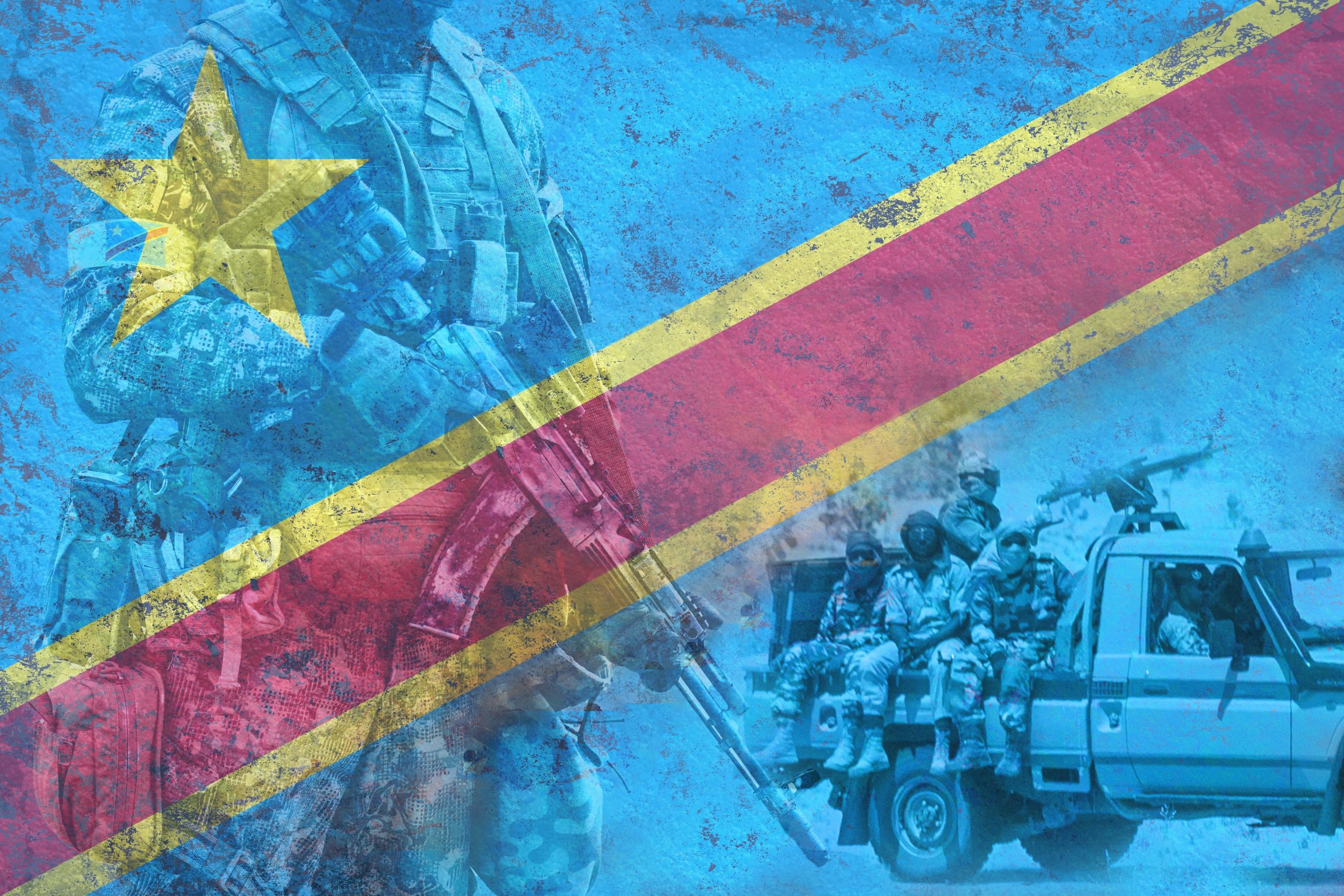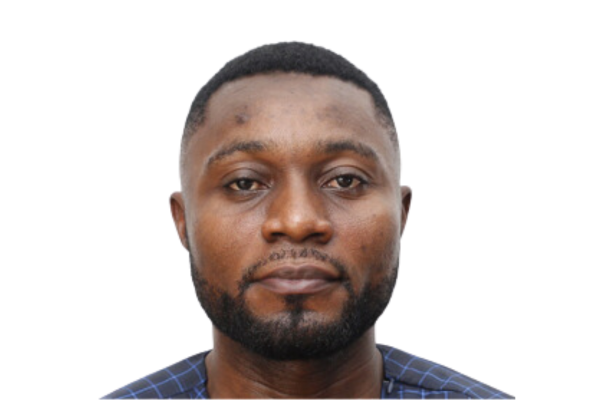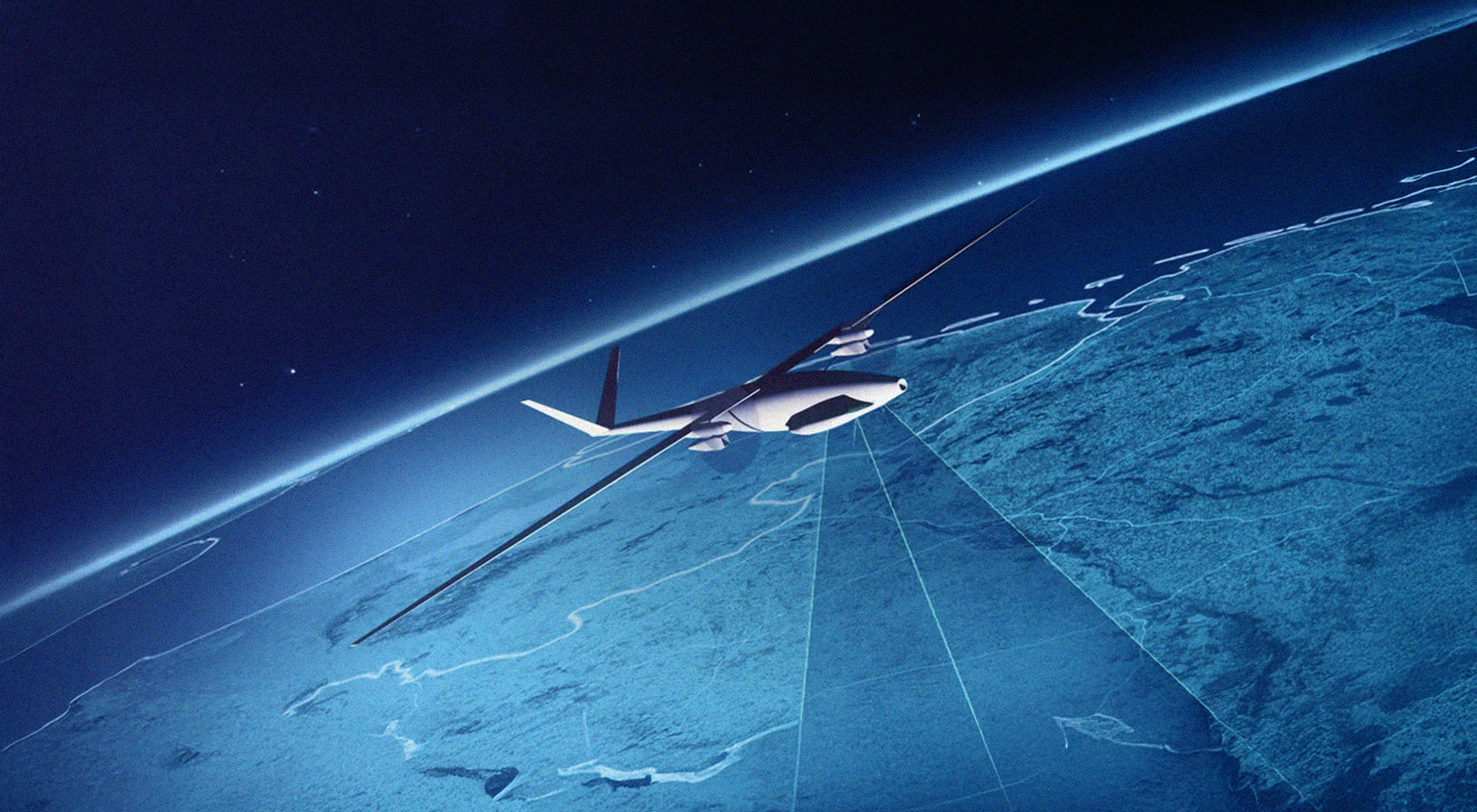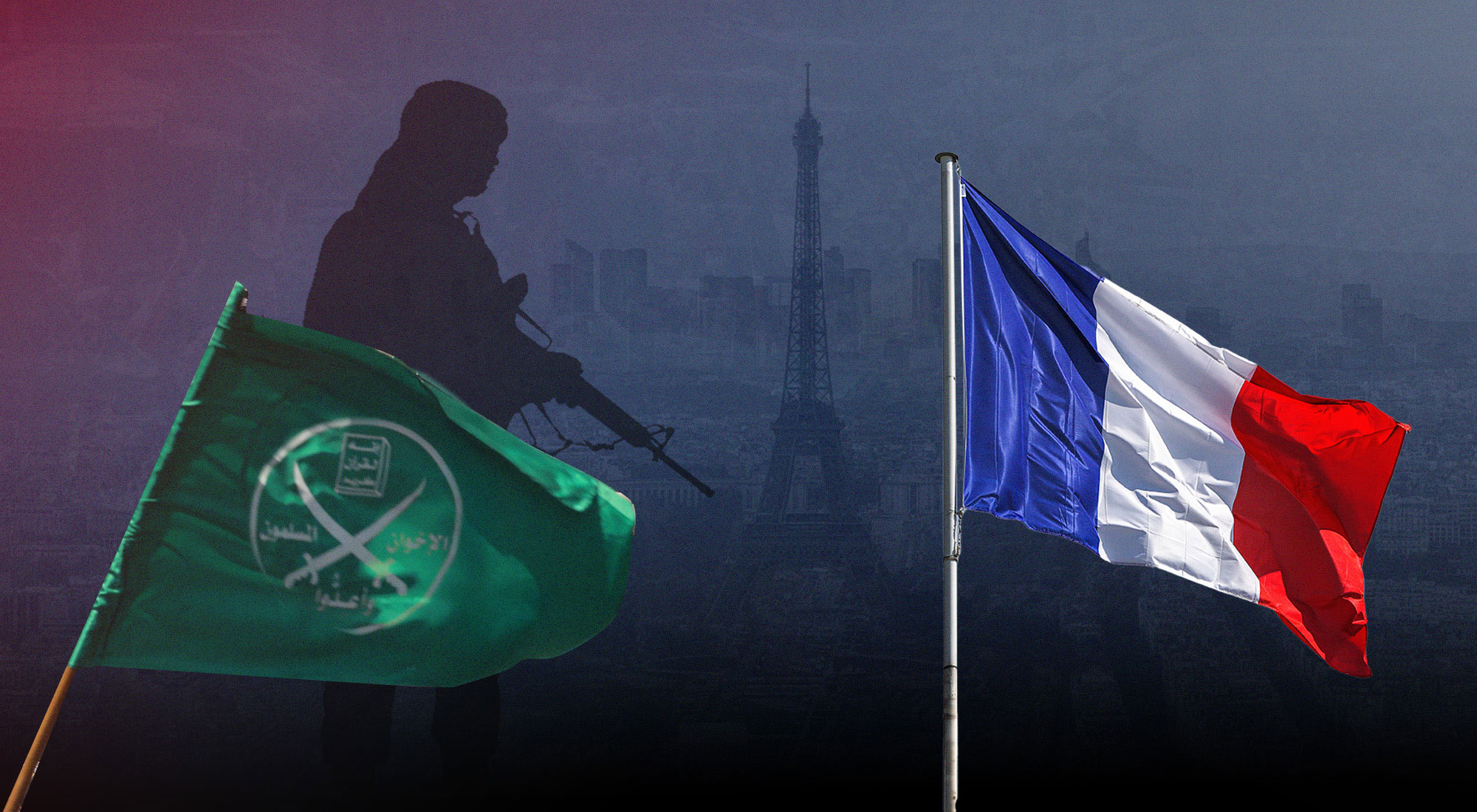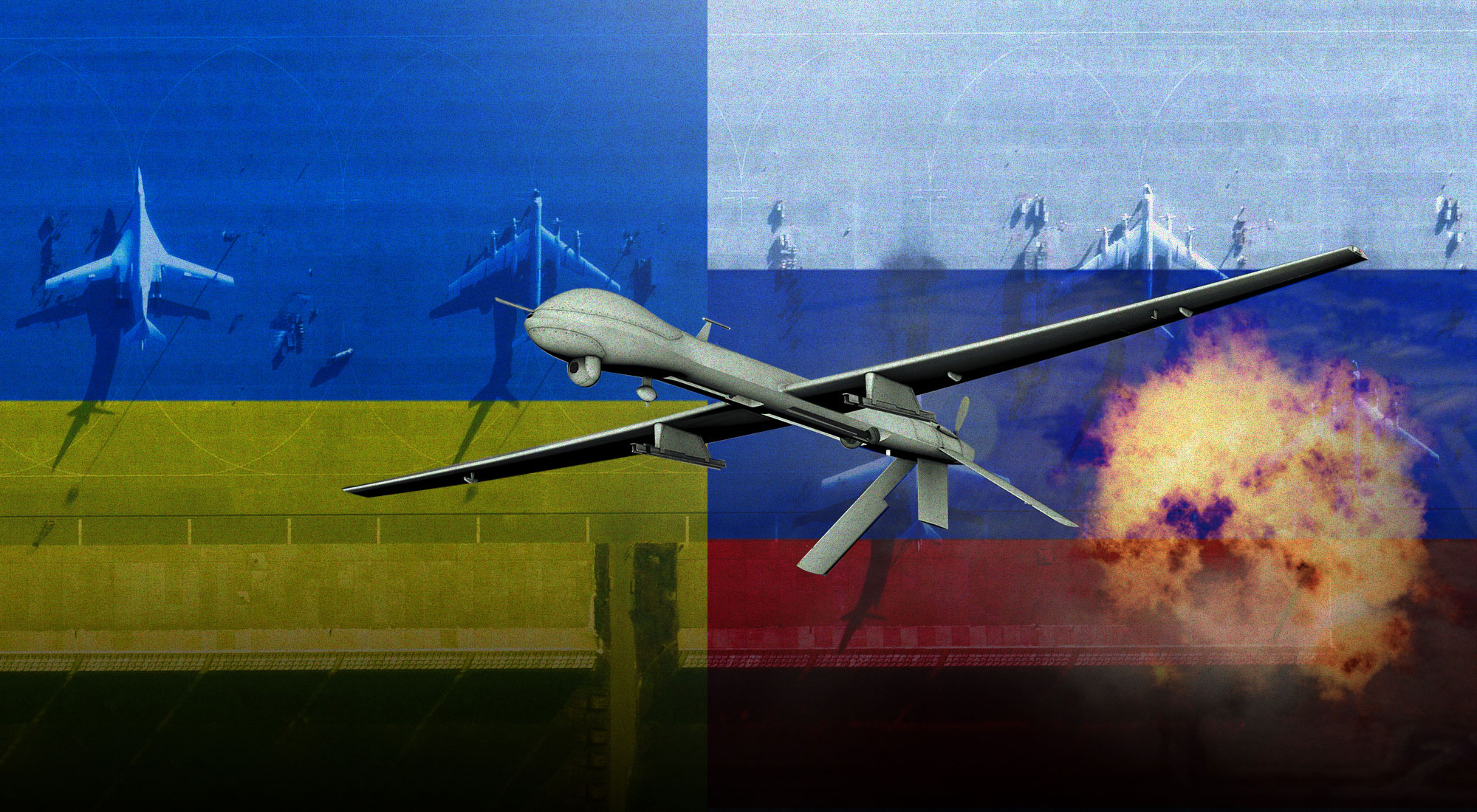The grim reality of the current conflict in the eastern part of the Democratic Republic of Congo threatens both national and cross-border security. Armed forces such as March 23 Movement (M23) and Allied Democratic Front (ADF) have killed, raped, burned and looted the natural resources of the DRC, with their atrocities continuing to multiply since the creation of the United Nations Organization Stabilization Mission in the DRC (MONUSCO) in 2010. The failure to achieve peace in this region can be attributed to a weak Congolese government and a diplomacy by the UN that is unsuited to the political and social realities of eastern DRC.
Covering 2.35 million square kilometres, the DRC is the second-largest country in Africa, yet it ranks 175th out of 189 countries in the 2020 Human Development Index, a score used by the UN that looks at life expectancy, education, and per capita income. And its 0.37 score on the World Bank’s Human Capital Index is below the average of 0.40 for sub-Saharan Africa and ranks 164th in the world (the United Arab Emirates, in comparison, is rated 43rd in the world with a score of 0.67). When he took office on 24 January 2019, the President of the DRC, Félix Tshisekedi, set himself the goal of making the DRC “a great Congo with great ambitions.”[1] In some regards he has made progress. The dismal ranking on the Human Development Index, for example, improved slightly between 2018 and 2020. However, 25 years of instability in the region and the complexity of the realities on the ground are slowing down his desire to grow, modernize and develop the DRC. Many of Tshisekedi’s campaign promises, from major infrastructure projects to a national stabilization process, are still far from being implemented.
The UN has advocated for a diplomacy of dialogue, the highlight of which was a 2002 inter-Congolese dialogue held in Sun-City, South Africa, which led to the signing of the Global and Inclusive Agreement. This non-interventionist approach is again failing, especially in the east of the country, where there is a resurgence of violence despite Tshisekedi’s promise to quash the ADF rebellion and defeat other armed groups operating in the region. Meanwhile the lives and human dignity of a majority of the DRC’s 75 million citizens are threatened.
Complex conflict: Several actors with different motives
The situation in each of the eastern provinces of Ituri, North and South Kivu differ from each other so greatly that it is difficult to pinpoint a single approach to resolve the conflict. There are territorial, social, and identity issues unique to each area, and the motivations for the parties in conflict differ based on regional politics, economics, and culture. Solving the crisis in the DRC is fraught with danger since misjudging any of these factors can lead to a disproportionate and poorly planned response, which can lead to widespread violence.
“This crisis is a security and governance crisis, a conglomeration of crises, a crisis of distance between the center and the periphery, which are far apart,” says Emmanuel Dupuy, a specialist in defense and security issues. “The armed groups, who are described as terrorists by some, by others as rebel groups, have been motivated and strengthened by external interference, by the concomitance of different agendas.”[2]
The current violence is not exclusively inter-community or inter-ethnic, as was the case between 1999 and 2003, nor is it fundamentally linked to terrorist, Islamist, or extremist movements, although the ADF is an exception. But even the ADF’s transformation, from a coalition of Ugandan armed groups established in 1995 on the Congolese side of the Rwenzori Mountains to oppose the regime of Ugandan President Yoweri Museveni, to a branch of the Islamic State, shows how difficult it is to analyze the region. A look at other armed groups in the region further demonstrates the complex nature of the problem. M23, which was formed by FARDC deserters, is a terrorist group, Mai Mai, such as the Raiya Mutomboki, who were formed in 2005 to fight against Rwandan Hutus, are identity protection groups, while Forces républicaines du Burundi (FOREBU) is a rebel group The situation in Beni in North Kivu, where the ADF operate on the border with Uganda is not the same as that in Bunia, further north in the region, which is different again from what is happening in the highlands of the Uvira and Fizi area in South Kivu, close to the border with Burundi.
Most of these conflicts, however circumscribed, are first and foremost the consequence of vast territorial spaces that are politically, strategically, economically and socially ungoverned. Although this geography is not the root cause of the divide, it is part of the wider dynamics at play at the regional, national, and international level. “The instability in the east of the DRC is a result of, and at the same time a factor of, regional instability in Uganda, Rwanda, Burundi and South Sudan,” Dupuy notes. Added into this toxic mix is the pressing issue of geo-economics. “Traditionally the region has been exploited for minerals and so-called war diamonds, but a new kind of geological predation is occurring to satisfy the West’s need for rare earth and minerals such as coltan, cobalt, gold, tocsin, tin, beryl.”[3]

Source: OXFAM, http://bitly.ws/uRJj.
The failure of the state in the face of armed gangs
In 2014, the government launched the military offensives Sokola 1, which targeted ADF rebels who were attacking the town and territory of Beni, and Sokola 2, which aimed to weaken the Democratic Forces for the Liberation of Rwanda (FDLR).[4] In 2019, under the leadership of General Célestin Mbala, Chief of Staff of the Armed Forces of the DRC (FARDC), the government planned an extension to the Sokola operations.
The goal of June 2019’s “Ituri storm” was to neutralize the militias creating instability in the Swahili-speaking province. FARDC’s second mission — to secure the national road, RN27, which links the DRC to Uganda — started in April 2020 in conjunction with elements of the national police. These interventions eliminated hundreds of rebels, including some leaders, but were not able to contain instability in the region, and so in early May 2021, the government chose to declare a state of siege over the whole of North Kivu and Ituri.
The porous nature of the borders and the sheer size of the regional territory make the already difficult task of controlling two entire provinces even more challenging. The siege strategy also requires planning and operation methods adapted to local environments with high levels of violence as well as a high level of coordination between the DRC’s intelligence services and Special Forces. The resources required for such an operation put financial pressure on a government, which already faces budgetary constraints, given their commitment to carrying out major projects aimed at modernizing the country. The sudden transfer of almost all powers from civilian authorities to military commanders with little discussion can also lead to the loss of valuable checks and balances in the political system, inertia, and corruption, which though deplored in the region, can be observed on a national scale. A 2021 investigation, dubbed Congo Hold-up, for example, revealed how former President Joseph Kabila and several of his associates used the BGFI bank to misappropriate public funds.[5]
A comprehensive approach to the fight against armed groups
Since the beginning of his administration President Tshisekedi has shown his willingness to restore peace in the east. His initiative to involve neighboring countries such as Rwanda and Uganda with an opening to Kenya and the rest of the world fits perfectly with the idea of a global approach to conflict resolution in the region. “Despite the mobilization of the international community, it is necessary to federate as much as possible the actors who have divergent agendas and who are both the vectors of the solution and the spheres of the crisis,” notes Dupuy.[6] Furthermore, prudent planning at the political-strategic level should be effectively supported by operational planning at the level of ministerial coordination and the military offensive on the ground. The inter-sector approach is imperative given the DRC’s location at the crossroads of so many countries. Building roads and improving infrastructure, for example, are difficult in the presence of approximately 120 armed groups, especially since identifying these groups is difficult because so many of them are scattered throughout the population. Another complication is that regional rebel movements such as FORUBU, which acts against the Burundi government, and FDLR, which acts against the Rwandan government, withdraw to the DRC border without fear of reprisal.
Prime Minister Jean-Michel Sama Lukonde’s ambitious 15-pillar plan to build a strong, prosperous and united DRC between 2021 and 2023 includes many infrastructure modernization projects; however, it underestimates the cost of military operations and overestimates the capacity of the offensive on the ground to establish peace in less than two years. Rigorous and coherent planning at the top of the executive branch of government, is required to determine how much of the federal budget should be allocated to combating dissidents.
It is estimated that the cost of UN operations in the DRC to date is approximately $1.5 billion, yet there is little to show for such an outlay. The UN funded a rapid intervention force in 2013 to rout M23, however the rebel group reappeared in March 2022 and occupies several positions in eastern DRC today.[7] As a result of this failure, future response will not include rapid intervention forces against dissident groups.[8] “There is a congruence of armed groups that obviously confirm that the DRC does not have the means to act alone,” Dupuy says. “This proves to what extent the international community as a whole and not only the regional community should revisit its methods. In the 1990s, precisely in 1999, the UN launched security behemoths that do not quite correspond to the agility, flexibility and perhaps less grandiloquent character that the UN has put in place.”[9]
UN diplomacy as a conflict prevention mechanism in eastern DRC
Given the multiplicity of armed groups and the porous nature of the DRC’s borders in the east, the UN’s diplomatic strategy should be questioned. How, for example, did groups such as FDLR and the M23 obtain their weapons, especially the AK45s and small-caliber weapons that have been used to kill villagers and those in agricultural areas? The UN needs to call out the sponsors of such violence, and they should start with Rwanda and Uganda, who are acting as puppets for foreign powers benefiting from the political context in North and South Kivu to illegally exploit natural resources. Article 55 of the 1945 UN Charter states:
With a view to the creation of conditions of stability and well-being which are necessary for peaceful and friendly relations among nations based on respect for the principle of equal rights and self-determination of peoples, the United Nations shall promote:
- higher standards of living, full employment, and conditions of economic and social progress and development;
- solutions of international economic, social, health, and related problems; and international cultural and educational cooperation; and
- universal respect for, and observance of, human rights and fundamental freedoms for all without distinction as to race, sex, language, or religion.[10]
Despite the clear violations of the Charter, belligerent forces continue to murder and rape non-combatants in Masisi, Walikale, and Bunyakiri, while MONUSCO is present. In his report An Agenda for Peace, Boutros Boutros-Ghali presents the effective use of diplomacy as one whose aim is “(…) to prevent disputes from arising between parties, to prevent an existing dispute from developing into an open conflict, and, if a conflict does arise, to ensure that it spreads as little as possible.”[11] Once information is received, it must be analyzed rapidly to establish threats to the peace and security of the country. In the case of the DRC, this would have served as an early warning system to trigger coordination, with the Congolese government being the main protectorate of its population. If the government cannot protect its citizens, MONUSCO must step up and stop excusing itself as a complement to the police or FARDC forces.
Given the complex nature of the armed groups in eastern DRC, a global response would be a major asset. From a realist perspective, colonialism forced diverse ethnic groups to live together in new African nations, and this legacy contributes, at least in some part, to the many ethnic conflicts in Africa today. State boundaries in Africa followed arbitrary colonial boundaries drawn in Europe. Ethnic groups were forced together and post-independence unity was possible only through the dominance of one ethnic group or coalition with another. The African Great Lakes region is an example of this.
References
[1] Stanis Bujakera Tshiamala, “RDC — Félix Tshisekedi face au Parlement: “Pour un grand Congo, il faur une grande ambition,’ ” Jeune Afrique, December 13, 2019, https://www.jeuneafrique.com/869501/politique/rdc-felix-tshisekedi-face-au-parlement-pour-un-grand-congo-il-faut-une-grande-ambition/.
[2] Author interview with Emmanuel Dupuy, July 5, 2022.
[3] Ibid.
[4] Andrew McGregor, “Congolese Forces Take the Offensive Against Uganda’s ADF-NALU,” Jamestown Foundation, March 20, 2014, https://www.refworld.org/docid/5333fc864.html.
[5] “Congo Hold-up, une nouvelle enquête sur la corruption en RDC,” DW, November 19, 2021, https://www.dw.com/fr/congo-hold-up-rdc-corruption-joseph-kabila/a-59884416.
[6] Author interview with Emmanuel Dupuy, July 5, 2022.
[7] Alexandra Vépierre, “L’est de la RD-Congo déchiré par 22 ans de guerre,” La Croix, August 15, 2016, https://www.la-croix.com/Monde/Afrique/LEst-RD-Congo-dechire-22-guerre-2016-08-15-1200782377.
[8] Author interview with Emmanuel Dupuy, July 5, 2022.
[9] Ibid.
[10] Charter of the United Nations, https://legal.un.org/repertory/art55.shtml.
[11] Christian Schricke, “L’Agenda de la Paix du Secrétaire général B. Boutros-Ghali — Analyses et premières réactions,” Annuaire français de droit international 38 (1992): 11-31, https://doi.org/10.3406/afdi.1992.3062.



